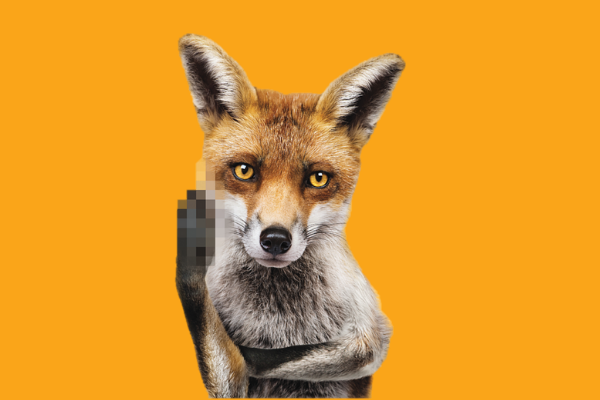While historic legislation to ban the sale of fur in NYC has yet to cross the finish line, as Black Friday, aka Fur Free Friday, approaches, there is much to be thankful for in terms of the demise of the fur industry
While it can be a Herculean task to motivate legislatures, public backlash matters, and these days consumers want no part of the violence toward animals and the harm to the environment that is at the core of the fur industry.
Since consumers keep designers and retailers in business, the biggest names in fashion have fallen like dominoes, one after the other, banning fur from their designs and shelves. Who can forget Donatella Versace’s quote heard round the world in 2018? “Fur? I am out of that. I don’t want to kill animals to make fashion. It doesn’t feel right,” the Italian designer said in an interview for The Economist’s 1843 magazine.
And Gucci CEO Marco Bizzarri exclaimed the year before, “Technology is now available that means you don’t need to use fur. The alternatives are luxurious. There is just no need.”
Even Canada Goose, whose parkas trimmed with coyote skins have become ubiquitous, announced this summer it will stop buying fur by the end of this year and cease manufacturing all fur products by the end of next.
Macy’s became the biggest U.S. retailer to phase out the sale of animal fur earlier this year. That included its NYC Fur Vault Salon, where Friends of Animals held a protest in December 2014. We urged customers to make the connection between fur coats and the animals who were skinned to make them during a busy holiday shopping day.
I vividly remember our annual NYC Fur Free Friday demonstrations, especially the one in 1998 when the fur industry spent big bucks to convince the public and media that “Fur is Back.” However, the truth was that fur sales peaked in 1987 and hit their lowest level in 1991, and while there had been a small rise in sales, fur was still struggling. We headlined an article about fur in our quarterly magazine “Fur is back. So is Elvis” accordingly.
With the media out in full-force, hundreds of animal advocates gathered to protest Saks’ fur sales. (In April 2021, Saks Fifth Avenue announced it will phase out using fur by the end of 2022.) Thousands of holiday shoppers got the message—fur is cruel and anti-fur sentiment is alive and well. A ragtime band played while protestors dropped discarded furs on a “rag” pile at Saks front door. Other activists dressed as Neanderthals handed out leaflets reminding people that “Fur is a Thing of the Past” and urged them to “Evolve.” This same message was seen on the sides of buses.
From Saks, demonstrators marched up Fifth Avenue and eight sat down in front of Revillon Fur Company blocking the entrance. As police moved in, another 12 showed up bound together by steel pipes. It took almost six hours for the police to cut through the pipes.
Needless to say, no one was buying any fur at Revillon that day. Instead, because of media coverage, millions of viewers had an opportunity to think about the cruelty that is fur. To make a fur coat, it takes 15-40 foxes, 50-60 minks or 150-300 chinchillas.
Not only is fur cruel to animals, but its production is toxic to the environment. Production of fur has up to 28 times a higher impact on the environment than textiles. Each mink skinned by fur farmers produces about 44 pounds of feces, which adds up to one million pounds of feces produced annually by mink farms.
While Calvin Klein recognized that animal fur was not a fabric in 1994, it’s been a decades-long fight to turn the tide against fur, and that’s why we are so grateful for all that’s been achieved.
Israel made history this summer by becoming first country to ban the fur trade and in 2019; California became the first U.S. state to enact a law banning the sale of fur products, which takes effect in 2023.
Guess what NYC—one of the four fashion capitals of the world: Fur is not coming back.
Priscilla Feral
President
Friends of Animals

